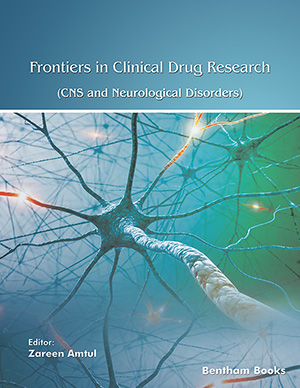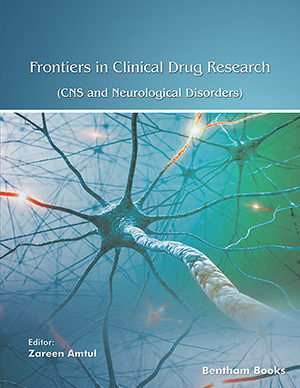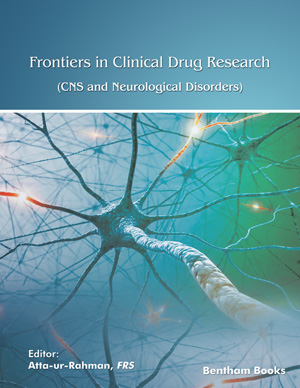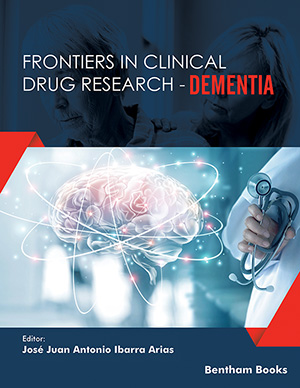
Abstract
Alzheimers disease (AD) is the most common form of neurodegenerative disease with dementia in the elderly. Besides the pathological hallmarks of the disease, which include cerebral deposits of amyloid-β (Aβ) peptides and neurofibrillary tangles, AD brain exhibits clear evidence of a chronic inflammatory process. Epidemiological studies have shown that long-term use of nonsteroidal anti-inflammatory drugs (NSAIDs) reduces the risk of developing and delays the onset of AD. Classical NSAIDs can target pathological pathways that have been involved in this disease, such as cycloxygenase (COX), nuclear factor k beta (NF-kB), peroxisome proliferator-activated receptors. However, recent studies indicate that a subset of NSAIDs such as ibuprofen, indomethacin and flurbiprofen also have direct Aβ-lowering properties in cell cultures as well as transgenic models of AD-like amyloidosis. Elucidation of these old and new pharmacological aspects will give us important clues for future clinical trials with these drugs. This article summarizes how some NSAIDs by combining anti-inflammatory and anti-amyloidogenic properties, could ultimately result in a novel therapeutic approach for AD treatment.
Keywords: alzheimers disease, inflammation, central nervous system, nsaids, cyclooxygenase, amyloid beta, amyloidosis, app metabolism
 6
6


















